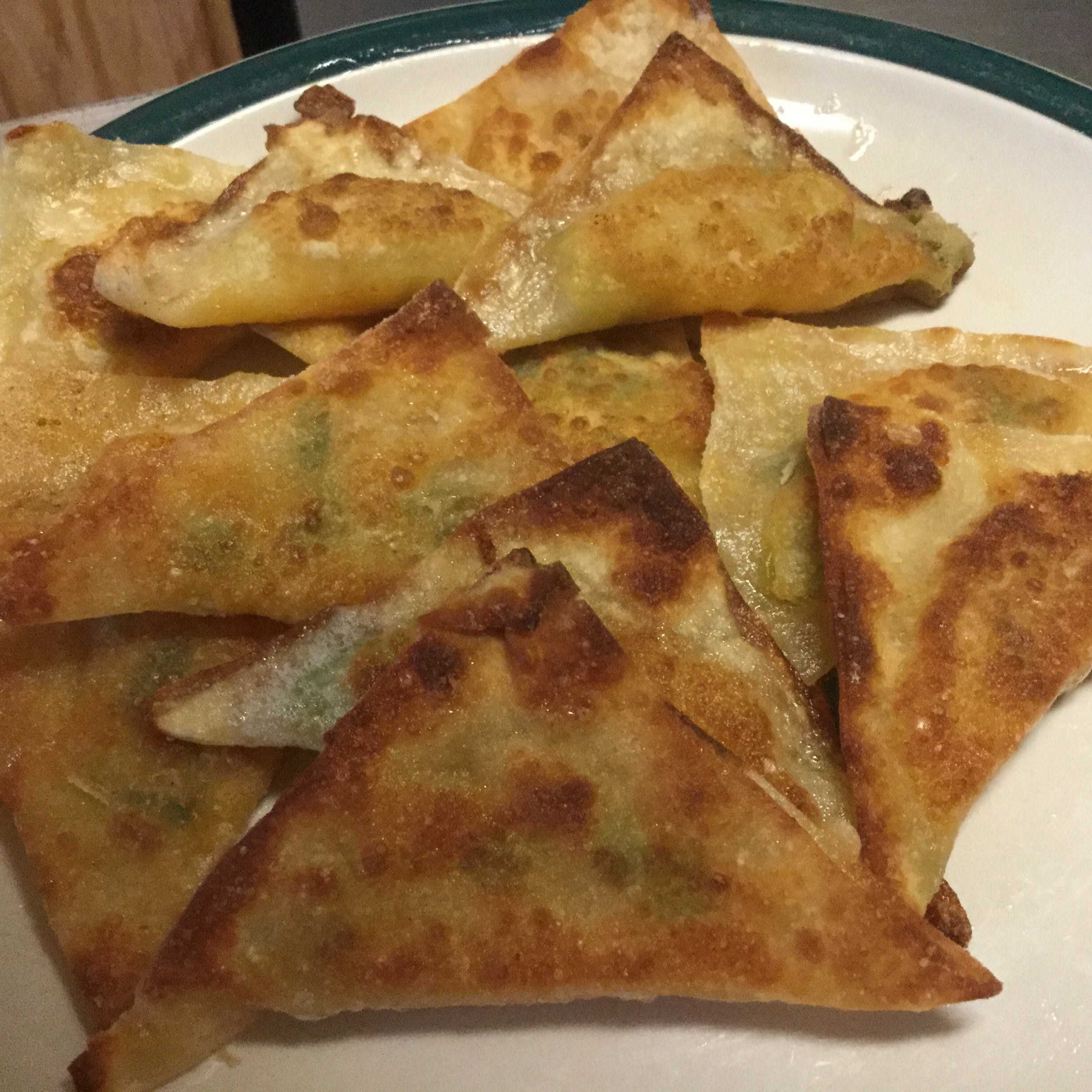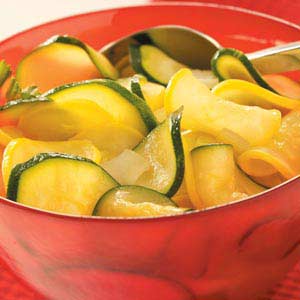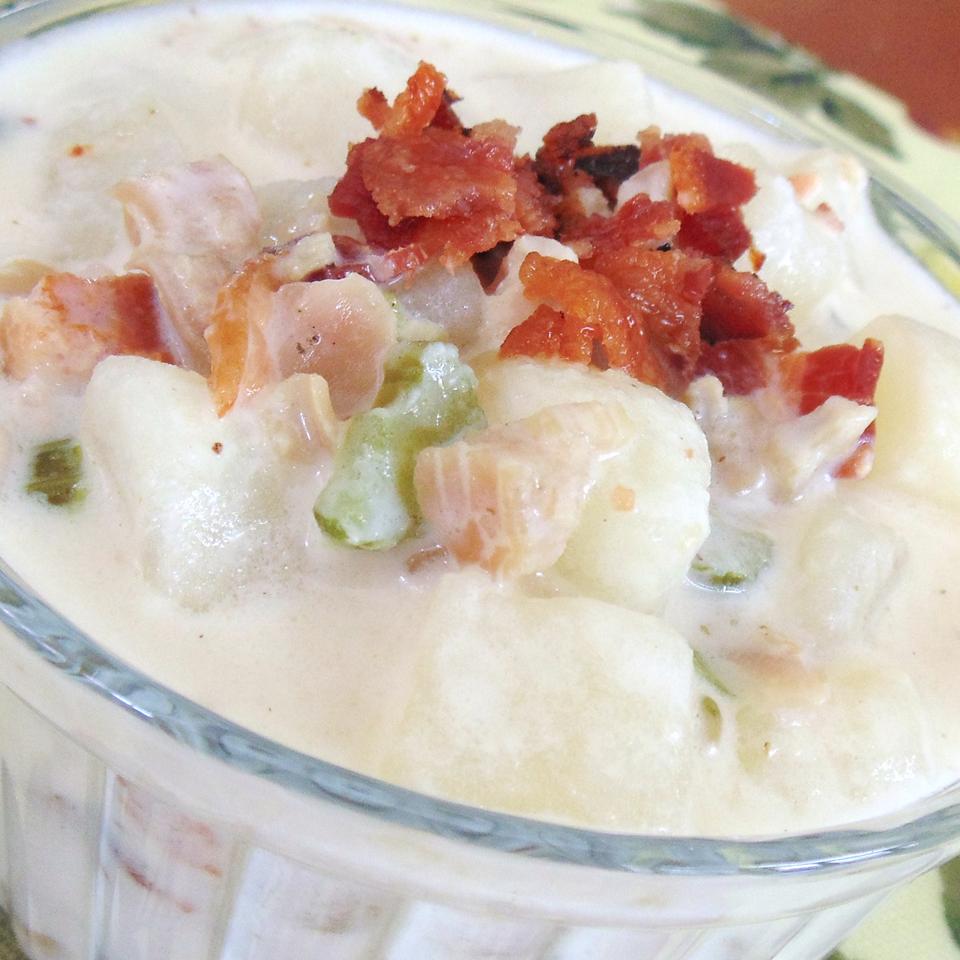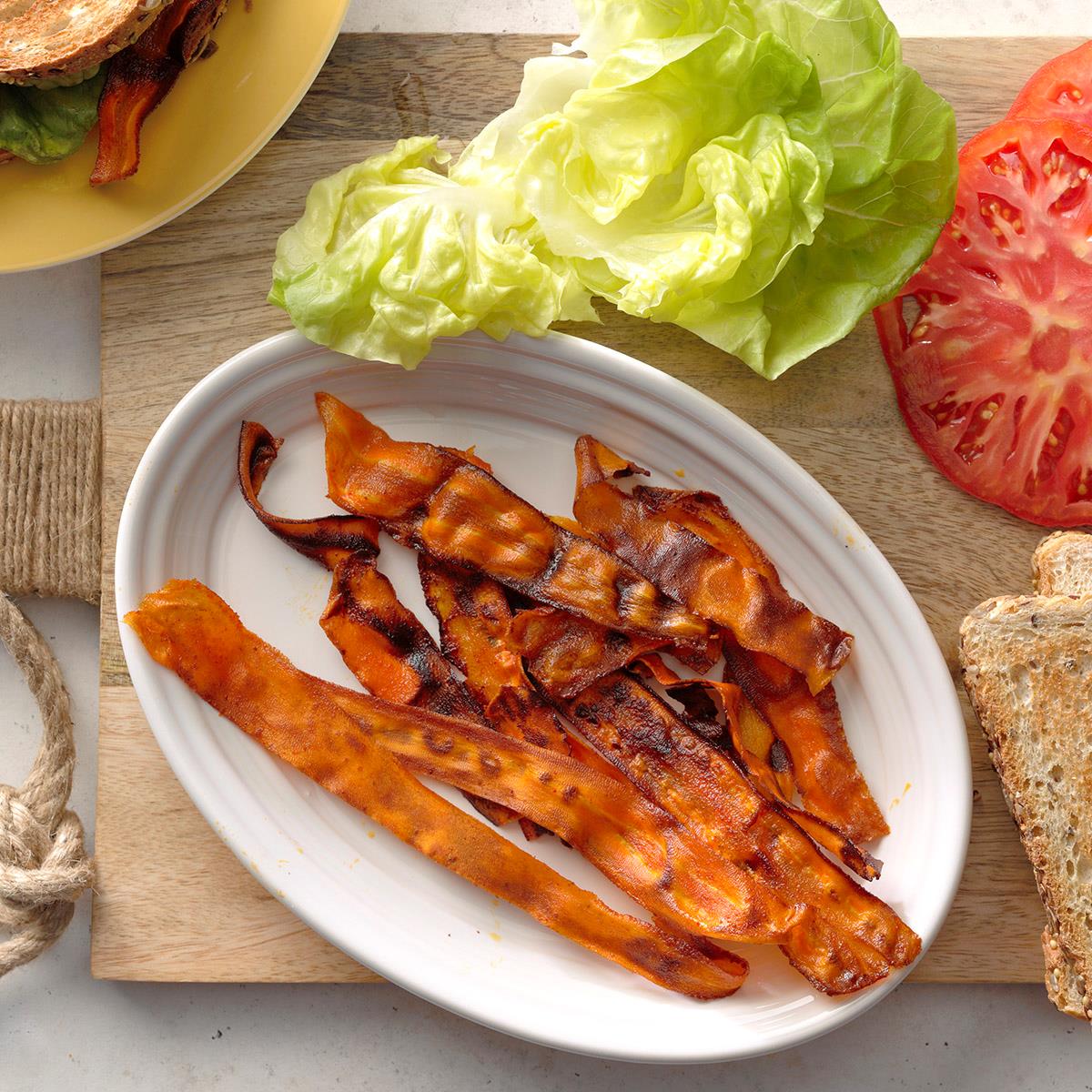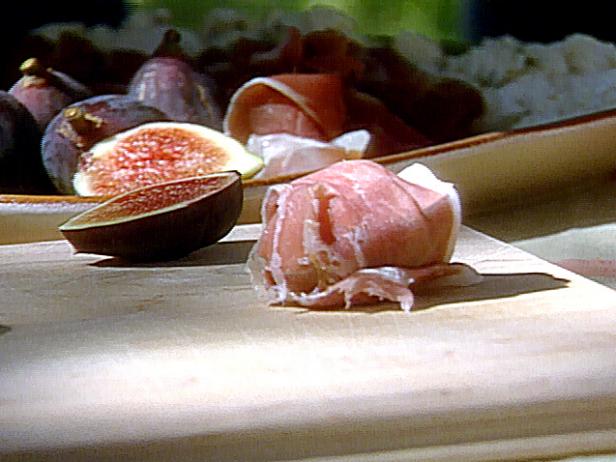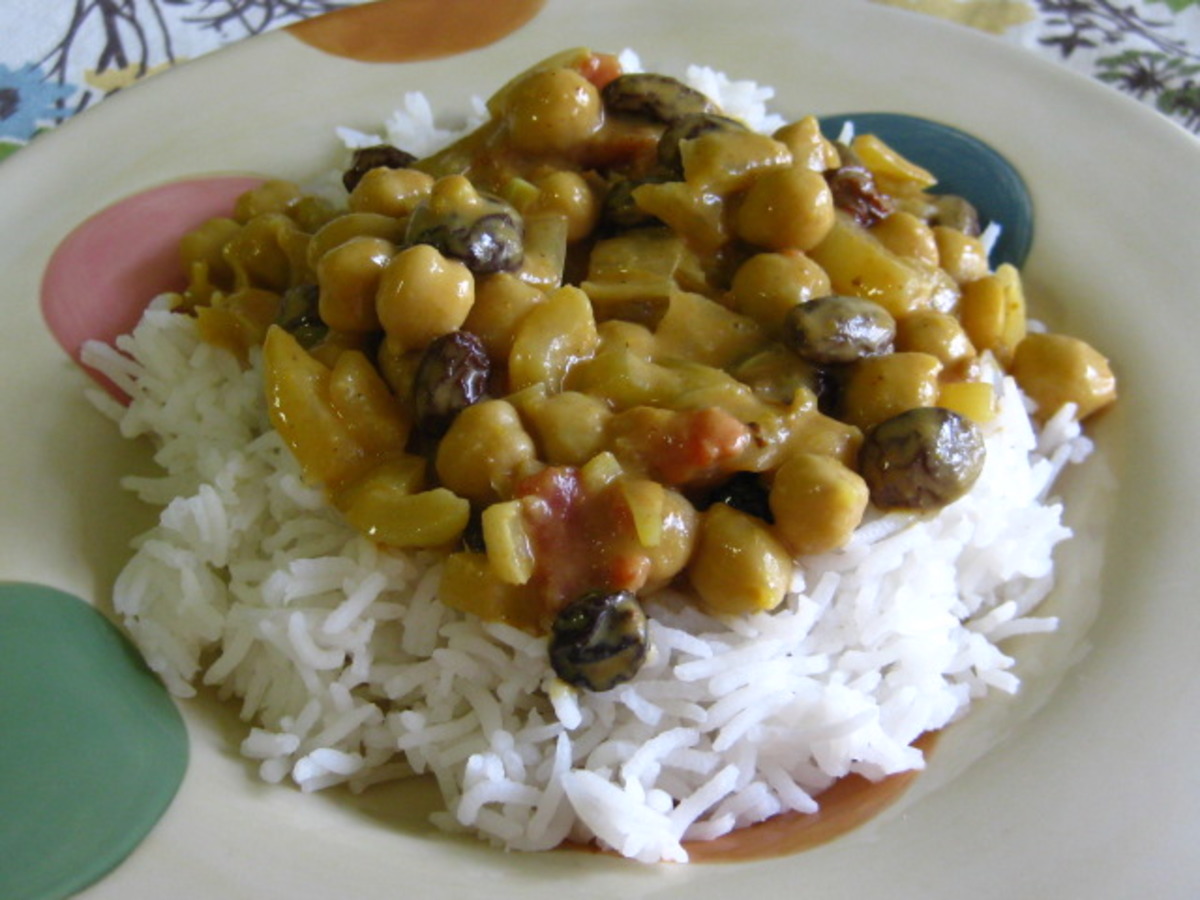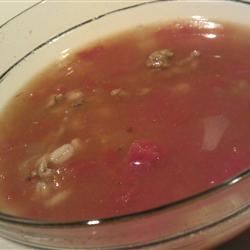Indulge in the delectable flavors of Danish pastry cinnamon rolls, a true symphony of taste and texture. These delightful pastries, with their flaky layers of buttery dough and the irresistible filling of sweet cinnamon sugar, are a beloved treat that transcends time and culture. Hailing from Denmark, these pastries have captured hearts worldwide with their irresistible charm. Our curated collection of recipes offers a delightful journey into the world of Danish pastry cinnamon rolls.
From the classic recipe that stays true to tradition to creative variations that add a modern twist, we have something for every palate. Learn the art of crafting the perfect dough, achieving that delicate balance between crispiness and tenderness. Discover the secrets of creating a cinnamon sugar filling that bursts with flavor in every bite. Elevate your skills with techniques for shaping and rolling the dough, ensuring those signature swirls that create a mesmerizing visual appeal.
Whether you prefer a traditional glaze or a decadent cream cheese frosting, we have you covered. Our recipes cater to different dietary preferences, including gluten-free and vegan options, ensuring everyone can savor the delight of these pastries. With step-by-step instructions and helpful tips, we guide you through the process, empowering you to create these delectable treats in the comfort of your own kitchen.
So, embark on this culinary adventure, embrace the art of pastry making, and let the intoxicating aroma of freshly baked Danish pastry cinnamon rolls fill your home. From breakfast to dessert, these pastries promise to tantalize taste buds and create lasting memories. Happy baking!
DANISH CINNAMON SNAILS
Americans would call these cinnamon rolls--but this version is the original Danish version and it's absolutely wonderful. They are traditionally served with coffee or tea at Christmas time, and they are to die for!
Provided by malene_2
Categories Bread Yeast Bread Recipes
Time 1h40m
Yield 15
Number Of Ingredients 11
Steps:
- Pour the warm milk into a mixing bowl and mash in the fresh cake yeast. Mix in 6 1/2 tablespoons of soft butter, eggs, cardamom, 2 tablespoons sugar, salt, and 3 1/2 cups of the flour. Use a wooden spoon to mix the dough. If it's very sticky, mix in the remaining 1/2 cup of flour. Cover the bowl and let the dough rise for 30 minutes.
- Cream together the 2/3 cup butter and 1/2 cup sugar. Stir in the cinnamon.
- Transfer the dough to a floured surface and knead it until it's firm, about 3 minutes. Divide the dough in half; roll each half into a rectangle no more than 1/2 inch thick. Spread each rectangle with half the filling.
- Stack one layer of dough and filling on top of the other rectangle of dough, filling-side up. Roll the dough up, starting with the edge closest to you, to form a long log. Cut the log into 1 inch-thick slices.
- Preheat an oven to 425 degrees F (220 degrees C). Line a baking sheet with parchment paper, or grease a baking dish or two cake pans.
- Place the rolls on the prepared baking sheet, spacing them about 3 inches apart. If you like pull-apart rolls, arrange them in a greased baking dish or cake pans, spacing the rolls about 1 inch apart. Place the uneven end pieces on the baking sheet cut-side up for the best presentation. Let the rolls rest 20 minutes before baking.
- Bake the snails in the preheated oven until golden brown, about 10 minutes. Pull-apart rolls will take longer to bake: after 10 minutes, reduce the oven temperature to 350 degrees F (175 degrees C) and bake the rolls until the sides are fully set, about 10 minutes longer. Cover the baking dish with foil if the rolls begin to get too brown.
Nutrition Facts : Calories 300.9 calories, Carbohydrate 36.7 g, Cholesterol 58 mg, Fat 14.6 g, Fiber 1.7 g, Protein 6.3 g, SaturatedFat 8.8 g, Sodium 148 mg, Sugar 9.3 g
DANISH CINNAMON ROLLS (SNAILS)

Recipe for danish cinnamon rollsTraditional soft and sticky cinnamon rolls or snails as we call them in Denmark. They are pretty eady to make, and they taste amazing.
Provided by Rasmus Møller
Categories Baked goods
Time 2h20m
Number Of Ingredients 15
Steps:
- Heat the milk up to approx. 30 degrees. Add the 2 tablespoons of sugar and the dry yeast. Whisk it thoroughly and place it in a warm spot until it bubbles up. It usually takes 10 - 15 minutes. Then the yeast will be activated.
- I assume you knead the dough on the machine. Add flour, sugar, the mixture of milk and yeast from step one, salt, cooled melted butter, eggs and vanilla seeds to the bowl. Then knead the dough at medium speed until it releases from the sides of the bowl. It is in this step that you can add extra flour if you think the dough looks too soft.
- I usually knead the dough for about 10 - 15 minutes before it is ready.
- When the dough starts to release from the sides of the bowl, pick it up and transfer to a second bowl greased with a little oil. Position it in a warm place and let it raise to double size. It usually takes an hour.
- As the dough raises, prepare the filling for the cinnamon snails. Mix brown sugar, soft butter and cinnamon in a bowl. Mix it thoroughly and set it aside.
- When the dough is rised, transfer it to a table sprinkled with flour. The dough may seem a bit sticky, so it is important with the flour. Sprinkle flour on the dough and roll it out to a square of approx. 50 x 50 cm with a rolling pin. Then spread the filling gently into an even layer on the dough.
- Gently roll the dough from one edge to the opposite into a cylinder shape.
- Find a roasting pan approx. 22 x 33 x 5 cm and cover it with baking paper. Now cut the cylinder into 15 equal sized snails and place them in the roasting pan. It doesn't matter they are a bit close. We want them to raise upwards during baking. It is a good idea to use a piece of sewing thread to cut the pieces. This avoids pressing the dough flat. You make a loop around the dough and tighten.
- Now the cinnamon rolls have to rise again. Place them in a warm space and cover them with a cloth. Let them rise to double size. It should take 30 - 40 minutes depending on the temperature. While the buns are rising, the oven is preheated to 190 degrees celcius.
- Place the roasting pan in the middle of the preheated oven and bake the cinnamon rolls for 20 - 25 minutes until slightly golden on top.
- Allow the snails to cool and mix the powdered sugar, cocoa and boiling water to make the icing. Decorate the snails with sugar icing and enjoy them with someone you love.
Nutrition Facts : Calories 389 kcal, ServingSize 1 serving
DANISH PASTRY CINNAMON ROLLS
Danish pastries are the flakiest and the most buttery of all the sweet rolls. These cinnamon rolls just melt in your mouth.This recipe takes all day to make but the results are really worth it. To make it easier you can complete the recipe through step 26 on one day, and then make the actual rolls the next day. The recipe may seem complicated but it's really not. Most of the time the dough is either resting or rising. For this recipe you'll need a pastry brush and something that will allow you to evenly distribute flour over your work surface. A sifter or a shaker of some type is fine. Also, you must use real butter. It can be salted or unsalted (I use salted) but do not try to substitute margarine. The recipe will not work with margarine. You'll end up with a big mess in your oven if you use margarine. Also, in step #11 where it says to thoroughly flour your work surface, you need to resist the temptation to knead any more flour into the dough. The dough is SUPPOSE to be that wet. Note: If you wish to measure the flour by weight rather than by volume, 3 1/4 cups flour is approximately equal to 14.33 ounces or 406 grams.
Provided by smns65
Categories Yeast Breads
Time 12h
Yield 32 serving(s)
Number Of Ingredients 18
Steps:
- Make the butter roll-in first.
- With a pastry blender or two knives (using two knives is actually easier) cut the flour and the 3 sticks of butter together until combined but do not let the butter become warm. The butter should never be allowed to become warm the entire to time you are working with this dough.
- Tear off a sheet of waxed paper and dump the butter on to it. Place another sheet of waxed paper on top.
- Beat the the butter between the two sheets of waxed paper with a rolling pin until it becomes malleable. Make sure it stays cold though.
- With a spatula, a knife or whatever, shape the mound of butter into an 7"x9" rectangle. It doesn't have to be perfect but try to get it into a rectangular shape as best you can.
- Set aside in a cool spot or place back in the refrigerator while you make the dough, but don't let the butter re-harden. You want the butter to be cold but still soft and pliable. If it's too hard it will break through the dough when you roll it out.
- For the dough combine the packages of yeast with the warm milk and let sit 5 minutes to soften.
- Mix in the salt, sugar, and eggs.
- Add the 3 1/4 cups flour all at once and stir until thoroughly combined. You should have a very soft and sticky dough.
- Chill dough in the refrigerator for about 10 minutes.
- If the block of butter is in the refrigerator remove it when you place the dough in there to chill. You don't want the butter to re-harden and it's best if the dough and the butter are approximately the same temperature.
- Sprinkle your work surface generously, and I do mean generously, with flour. I use a shaker to evenly distribute the flour and completely cover the area I'm going to be rolling the dough out on. A simple dusting won't do. You need a good thick layer of flour, maybe as much as a 1/16 to an 1/8 of an inch thick. Don't worry about using too much flour because any excess will be brushed away with your pastry brush.
- Roll dough out into a 11"x16" rectangle.
- With a pastry brush brush all the excess flour off the top of the dough. Excess flour will interfere with layer formation.
- Place the block of butter on one side of the dough leaving a small border around the edges.
- Fold the other half of the dough over and pinch the seams together slightly to seal to encase the block of butter. If dough sticks to the table when you try to fold it then simply brush it with flour. Don't worry if the dough doesn't look too pretty at this point. It will get better.
- Turn the dough 1/4 turn so the part of the folded dough that opens up is on your right(like a book). Brush away the excess flour that's on top of the dough.
- Roll the folded dough into an 8"x20" rectangle. When you roll out the dough you want to make sure you use even strokes and roll from one end to the other. Avoid quick back and forth movements with the rolling pin and do not roll over the edge of your dough. This will destroy the layers you're trying to make. If the butter breaks through the dough simply sprinkle a little bit of flour over the spot.
- Brush away all excess flour off the top of the dough.
- Fold 1/3 of the dough over and brush off the excess flour and then fold the other 1/3 of the dough over that so the dough resembles a business letter.
- Roll out the dough again and fold it in thirds like a business letter just like you did before.
- Wrap dough in plastic wrap and chill in the refrigerator for 1 hour. This completes the first two "turns". Each time you roll out the dough and fold it you are doing what's known as a turn. A turn gets its name because after you fold the dough you have to turn it a quarter turn when you go to roll it out again. Each time you roll out the dough you want to make sure that the part of the dough that opens up is always on the right (like the way a book opens). It can open on the left if you want but the important thing is to be consistent.
- Meanwhile, take your pastry brush and a sheet of paper and sweep up all the flour on your work surface so you can use it again. You'll find that very little of the flour you used to roll out the dough actually gets worked into the dough.
- After the dough has chilled, sprinkle your work surface with your recycled flour and place the dough on it.
- Roll out and fold the dough in thirds exactly as you did before. (turn #3).
- Chill dough for 1 more hour.
- Repeat this rolling and folding one more time (turn # 4). You should now have a dough with 162 flaky layers (2x3x3x3x3). You started with two layers of dough separated by a layer of butter. Each time you rolled the dough out and folded it in thirds you increased the number of layers by a factor of 3.
- Chill dough for at least 3 hours or overnight if preferred. At this point you have a basic Danish pastry dough.
- With a sharp serrated knife, cut the dough in half.
- Keep one half in the refrigerator while you work with the first half.
- Roll the half of dough into a 9"x16" rectangle.
- Sprinkle the top of the dough with the cinnamon topping which consists of 2 tablespoons of melted butter, 1/2 cup brown sugar, 2 teaspoons cinnamon, 2 tablespoons flour, and 1/2 cup finely chopped pecans.
- Roll dough into a tight 16" long log.
- Cut dough into 16 pieces. The easiest way to do this is to cut the log in half and then cut those halves in half and so forth. If dough is too soft to slice wrap it up and refrigerate it for an hour or place it in the freezer for 10 to 15 minutes.
- Place cinnamon rolls on ungreased baking sheets at least 3 inches apart so they have room to rise and expand.
- Repeat with the other half of the dough.
- Cover the trays of cinnamon rolls with towels and set aside to rise until the rolls are ALMOST doubled (about a 75% increase in size). Don't put them in a warm spot because you don't want the butter to melt. Rising time may take a few hours or more. After a couple hours the surface of the rolls may start to dry out, especially if the air is dry. If this happens, cover the tray of rolls with a damp paper towel and then put another towel on top of that.
- Brush rolls lightly with egg wash and bake in a preheated 400°F oven for 12 to 15 minutes or until they are golden brown. Be sure to watch them carefully so they don't burn. If rolls are browning too fast on top lower the oven temperature about 15 degrees. If you have thin or dark colored baking sheets you may want to double-pan them so the bottoms of the cinnamon rolls don't get too dark.
- Drizzle powdered sugar icing over the rolls while they are still warm.
- To make icing simply combine powdered sugar with a teaspoon or two of vanilla and enough milk so you can drizzle it. I usually use about 3/4 to 1 pound of powdered sugar. As far as the amount of milk goes, I just kind of eyeball it.
Nutrition Facts : Calories 255.5, Fat 13.5, SaturatedFat 7, Cholesterol 45.5, Sodium 248.3, Carbohydrate 31.6, Fiber 1, Sugar 18.9, Protein 3
CINNAMON SWIRL DANISH RECIPE BY TASTY
Here's what you need: nonstick cooking spray, cream cheese, granulated sugar, cinnamon, vanilla extract, puff pastry, unsalted butter, powdered sugar, milk
Provided by Alix Traeger
Categories Bakery Goods
Yield 5 servings
Number Of Ingredients 9
Steps:
- In a medium bowl, mix the cream cheese, ¼ cup (50 G) of sugar, 1 teaspoon of cinnamon, and the vanilla until smooth.
- Transfer the cream cheese mixture into a piping bag or plastic bag with a large round tip.
- Roll out the puff pastry until it's ⅛-inch (½-cm) thick.
- Pipe the cream cheese mixture along one short edge of the pastry sheet, then roll up until just sealed.
- Use a knife to cut along the edge to create one roll.
- Repeat three more times, or until all the puff pastry is used.
- Begin to twist the first roll to create a swirl.
- Connect the next piece of dough by pinching to seal the edge to the end of the first piece.
- Continue to wrap and seal all pieces until finished.
- Using a spatula transfer the dough to the cake pan.
- Preheat the oven 350°F (180°C) to and grease an 8-inch (20-cm) round cake pan with nonstick spray.
- In a small bowl, combine the melted butter with the remaining tablespoon of sugar and teaspoon of cinnamon.
- Brush the butter mixture over the dough.
- Bake for 35-40 minutes, or until the puff pastry is golden brown and cooked through.
- In a liquid measuring cup or bowl, mix the powdered sugar and milk until smooth.
- Pour the glaze over the danish swirl.
- Enjoy!
Nutrition Facts : Calories 831 calories, Carbohydrate 69 grams, Fat 58 grams, Fiber 1 gram, Protein 10 grams, Sugar 23 grams
DANISH PASTRY DOUGH

A very versatile and rich Danish dough. Can be used with almost any filling and formed in any way imaginable including cinnamon rolls.
Provided by UnknownChef86
Categories Dessert
Time 1h5m
Yield 2 lbs
Number Of Ingredients 8
Steps:
- Warm milk to 110 degrees.
- Sprinkle yeast over milk, let sit for 5 minutes then whisk inches.
- Add eggs and vanilla, whisk until just mixed.
- Put dry ingredients in food processor and pulse to mix.
- Add 3 Tbl of the butter, pulse until butter is well incorporated.
- Put dry ingredients in mixing bowl with dough hook, add wet ingredients and knead until just smooth and no dry spots remain.
- Don't overknead.
- Dough should be slightly wet.
- Place dough on lightly floured sheet pan, shape into rough rectangle, dust top with flour, cover with plastic and refrigerate for 1 hour.
- Roll dough on lightly floured work surface into a 26x13 inch rectangle.
- Position so that short side is closest to you.
- Butter should be soft enough to spread, but not so soft that it is melting.
- Spread butter by hand over lower 2/3 of dough, leaving a 1/2 inch border around side and bottom edges.
- Fold upper 1/3 of dough toward the centerof the rectangle, then fold the lower 2/3 over that.
- Crimp short edges and seam with your fingers to seal in butter.
- Turn dough so that crimped edge is to your right.
- Roll dough to a 21x13 inch rectangle, using only enough flour to keep the dough from sticking.
- Brush off excess flour.
- Fold top 1/3 of dough toward the middle, then lower 2/3 up over that.
- Place on sheetpan, cover and refrigerate for 45 minutes.
- Repeat this process 3 more times refrigerating for 30 minutes between each turn.
- when all turns are complete, place on sheetpan, cover well with plastic and let dough rest overnight in the refrigerator.
- At this point dough can be refrigerated for 2 days or frozen for 2 weeks.
DANISH PASTRY
Rich buttery flaky dough that turns pastries into a sinful delight. Worth the effort and extra work involved.
Provided by Cindy
Categories Bread Yeast Bread Recipes
Time 3h8m
Yield 36
Number Of Ingredients 10
Steps:
- In a medium bowl, cream together the butter and 2/3 cup of flour. Divide into 2 equal parts, and roll each half between 2 pieces of waxed paper into a 6 x12 inch sheet. Refrigerate.
- In a large bowl, mix together the dry yeast and 3 cups of the remaining flour. In a small saucepan over medium heat, combine the milk, sugar and salt. Heat to 115 degrees F (43 degrees C), or just warm, but not hot to the touch. Mix the warm milk mixture into the flour and yeast along with the eggs, and lemon and almond extracts. Stir for 3 minutes. Knead in the remaining flour 1/2 cup at a time until the dough is firm and pliable. Set aside to rest until double in size.
- Cut the dough in half, and roll each half out to a 14 inch square. Place one sheet of the cold butter onto each piece of dough, and fold the dough over it like the cover of a book. Seal edges by pressing with fingers. Roll each piece out to a 20x 12 inch rectangle, then fold into thirds by folding the long sides in over the center. Repeat rolling into a large rectangle, and folding into thirds. Wrap in plastic and refrigerate for at least 30 minutes.
- Remove from the refrigerator one at a time, and roll and fold each piece two more times. Return to the refrigerator to chill again before shaping. If the butter gets too warm, the dough will become difficult to manage.
- To make danishes, roll the dough out to 1/4 inch thickness. The dough can be cut into squares, with a filling placed in the center. Fold 2 of the corners over the center to form a filled diamond shape. Or, fold the piece in half, cut into 1 inch strips, stretch, twist and roll into a spiral. Place a dollop of preserves or other filling in the center. Place danishes on an ungreased baking sheet, and let rise until doubled. Preheat the oven to 450 degrees F (220 degrees C). Danishes can be brushed with egg white for a shiny finish.
- Bake for 8 to 10 minutes in the preheated oven, or until the bottoms are golden brown.
Nutrition Facts : Calories 226 calories, Carbohydrate 26.8 g, Cholesterol 36.2 mg, Fat 11.2 g, Fiber 0.9 g, Protein 4.3 g, SaturatedFat 6.8 g, Sodium 142.4 mg, Sugar 3.7 g
WHITE GLAZE ICING FOR PASTRIES, CINNAMON ROLLS, AND DANISHES
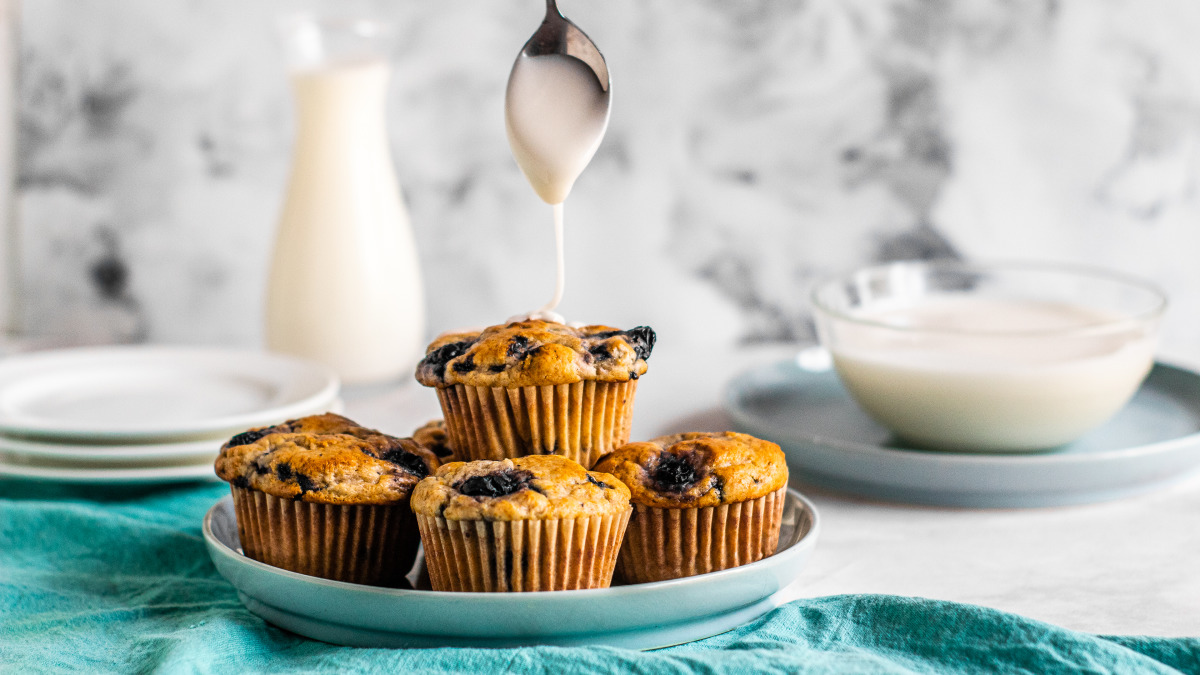
Make and share this White Glaze Icing for Pastries, Cinnamon Rolls, and Danishes recipe from Food.com.
Provided by 2Bleu
Categories Dessert
Time 1m
Yield 1 cup
Number Of Ingredients 4
Steps:
- Mix the confectioners' sugar, butter, and vanilla together.
- Adding half the milk (or orange juice) to start with, stir in to make a thick glaze, adding just a drop at a time more until you get a nice thick glaze.
- Spread or pour immediately over cooled cinnamon rolls, pastries, pound cakes, or Danish.
- Glaze will form a crust and harden as it cools, but you can spread over warmed cakes and serve that way as well.
Nutrition Facts : Calories 1159.1, Fat 23.6, SaturatedFat 14.9, Cholesterol 63.2, Sodium 215.4, Carbohydrate 240.7, Sugar 235.3, Protein 0.7
Tips:
- Use cold butter: This will help to create flaky layers in your pastry.
- Work quickly and keep the dough cold: This will help to prevent the butter from melting and making the dough tough.
- Chill the dough before rolling it out: This will make it easier to work with and will help to prevent it from sticking to your work surface.
- Don't overwork the dough: Overworking the dough will make it tough.
- Don't skimp on the cinnamon sugar filling: This is what gives the rolls their delicious flavor.
- Bake the rolls until they are golden brown: This will ensure that they are cooked through and have a crispy exterior.
Conclusion:
Danish pastry cinnamon rolls are a delicious and indulgent treat that are perfect for any occasion. They are relatively easy to make, but they do require some time and effort. By following the tips in this recipe, you can make sure that your cinnamon rolls turn out perfect every time.
Are you curently on diet or you just want to control your food's nutritions, ingredients? We will help you find recipes by cooking method, nutrition, ingredients...
Check it out »
#course #preparation #for-large-groups #breads #coffee-cakes #yeast #number-of-servings
You'll also love




